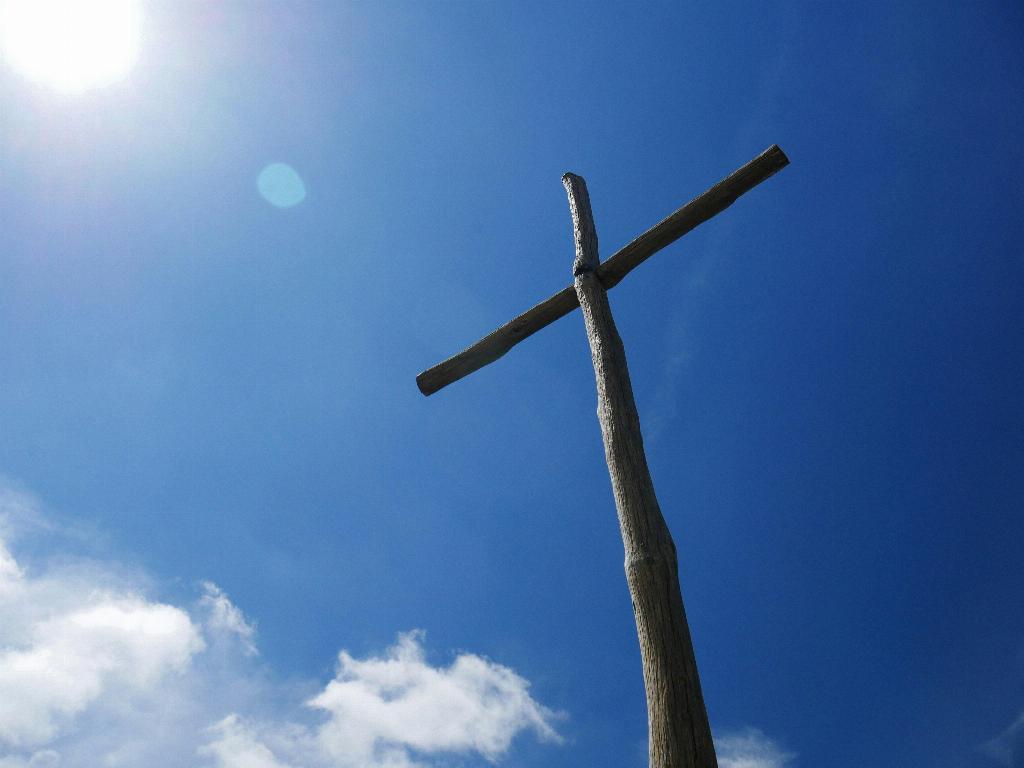When it comes to the dominant branch of Christianity in Mexico, there is no question – Roman Catholicism reigns supreme. With a rich historical background and a profound influence on Mexican society and culture, Catholicism is deeply rooted in the hearts and minds of the Mexican people. According to the Mexican census, in 2020, approximately 77.7% of the population identified as Catholic, making it the most common branch of Christianity in the country.
Overview of Christianity in Mexico
To truly understand the prevalence of Catholicism in Mexico, it is important to explore the historical context and the influence of Spanish colonialism on the country’s religious landscape. Christianity was introduced to Mexico by Spanish conquistadors in the 16th century. As they sought to expand their empire, the Spanish settlers brought with them their religious beliefs, primarily Catholicism.
The influence of Spanish colonialism on Mexican Christianity cannot be understated. The Catholic Church played a significant role in the colonization process, serving as a means of control and assimilation. Churches were built, religious ceremonies were conducted, and indigenous peoples were coerced into adopting Catholicism.
Major Branches of Christianity in Mexico
Catholicism: The Dominant Branch
Catholicism remains the dominant branch of Christianity in Mexico. The deep-rooted influence of Catholicism can be seen in various aspects of Mexican life, including religious practices, cultural traditions, and even political affairs. Catholicism in Mexico encompasses a range of beliefs and practices, integrating elements of indigenous spirituality with Catholic rites.
The Catholic Church has played a vital role in Mexican history. From the Mexican Revolution to the Cristero War, Catholicism has been at the center of social and political movements. Today, traditional Catholic practices, such as the veneration of saints and participation in processions, are still widespread in many regions of Mexico.
Protestantism: Growing Influence in Mexico
While Catholicism remains the dominant branch, Protestantism has been steadily gaining ground in Mexico. The emergence and spread of Protestantism can be attributed to various factors, including increased religious pluralism, missionary efforts, and societal changes.
Protestant denominations in Mexico are diverse, ranging from evangelical churches to Pentecostal and charismatic movements. These churches offer a different religious experience and attract followers who seek a more personal and emotionally charged form of worship.
Other Christian Denominations in Mexico
Aside from Catholicism and Protestantism, there are other Christian denominations present in Mexico. Orthodox Christianity has a small but growing community, mainly composed of immigrants from Eastern Europe. Adventism, Jehovah’s Witnesses, Mormonism, and various Evangelical movements also have followers in Mexico.
Factors Influencing the Popularity of Different Christian Branches in Mexico
The popularity of different Christian branches in Mexico can be attributed to a combination of sociocultural, historical, and geographical factors. Socioculturally, the deep-rooted Catholic tradition and the Catholic Church’s role as a cultural institution have contributed to its enduring dominance. Historical factors, such as Spanish colonization and subsequent religious conflicts, have also shaped the religious landscape.
Geographically, the spread of Christianity in Mexico has varied. In rural areas, Catholicism has remained strong, while in urban centers, Protestantism has gained prominence. Migration patterns and cultural exchanges with neighboring countries have also influenced the growth of different Christian denominations in specific regions.
Comparison of Christian Branches in Mexico
When comparing Catholicism and Protestantism in Mexico, there are noticeable differences in worship practices, beliefs, and the role of clergy. Catholic Masses are characterized by sacraments, liturgical rituals, and a hierarchical structure with priests and bishops. Protestant services often involve charismatic preaching, spontaneous prayer, and a relatively flat leadership structure.
In terms of beliefs and doctrines, Catholicism places emphasis on the authority of the Pope, sacraments, and devotion to Mary and the saints. Protestantism, on the other hand, emphasizes personal salvation, direct relationship with God, and the authority of Scripture.
Both branches have had an impact on Mexican society and politics. Catholicism’s historical influence is evident in the close relationship between the Church and the state, while Protestantism has brought about shifts in societal norms and values, promoting individual agency and social activism.
Current Challenges and Opportunities for Christianity in Mexico
Christianity in Mexico faces both challenges and opportunities in the present day. Religious pluralism and interfaith dialogue present opportunities for greater understanding and collaboration among different religious communities. However, the rise of secularism and declining religious affiliation pose challenges to maintaining a strong Christian presence in Mexican society.
To tackle these challenges, Christian denominations in Mexico are focusing on evangelization efforts and growth strategies. They are reaching out to marginalized communities, engaging in community development initiatives, and using digital platforms to spread their message.

Conclusion
In conclusion, Roman Catholicism is the most common branch of Christianity in Mexico, comprising the majority of the population. However, as religious landscapes evolve and society changes, the influence of Protestant denominations and other Christian branches is growing. Understanding the diversity of Christianity in Mexico provides insights into the rich tapestry of beliefs and traditions that shape the religious landscape of this vibrant country.
